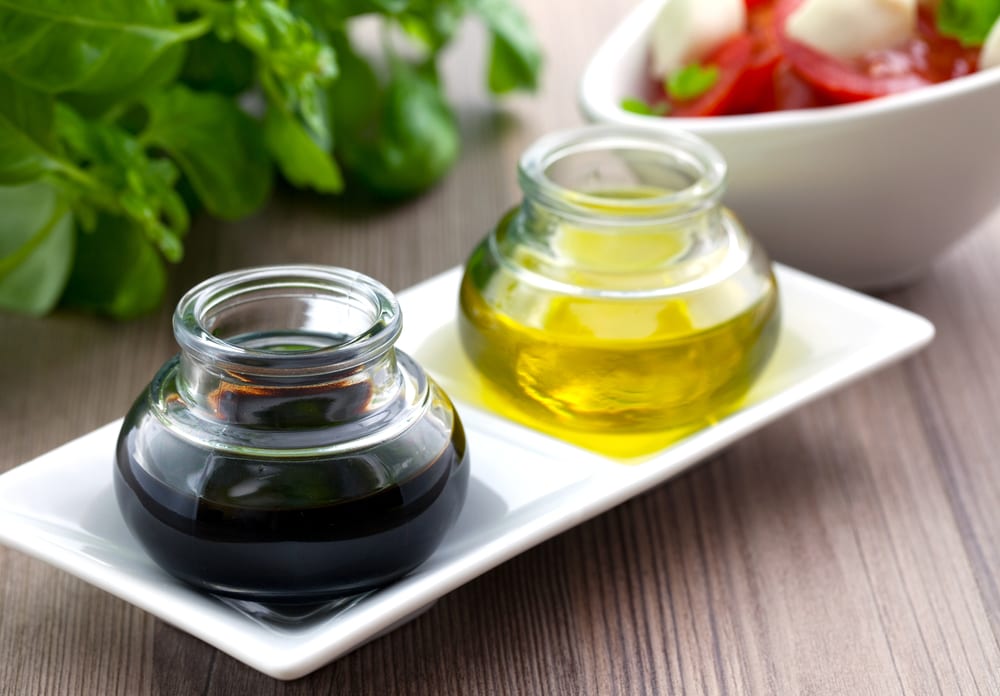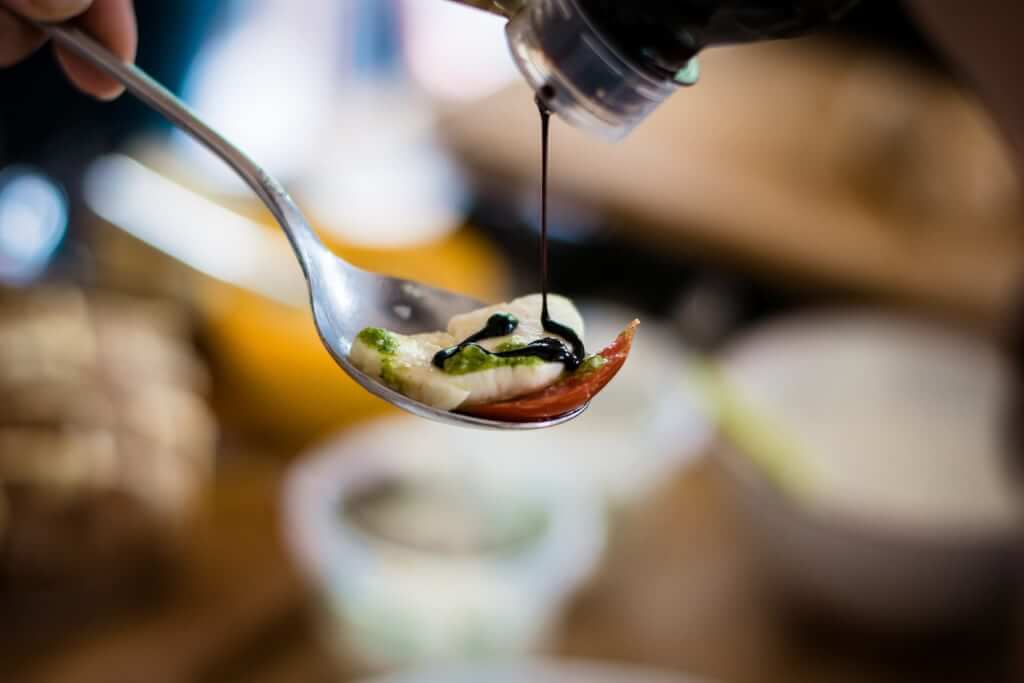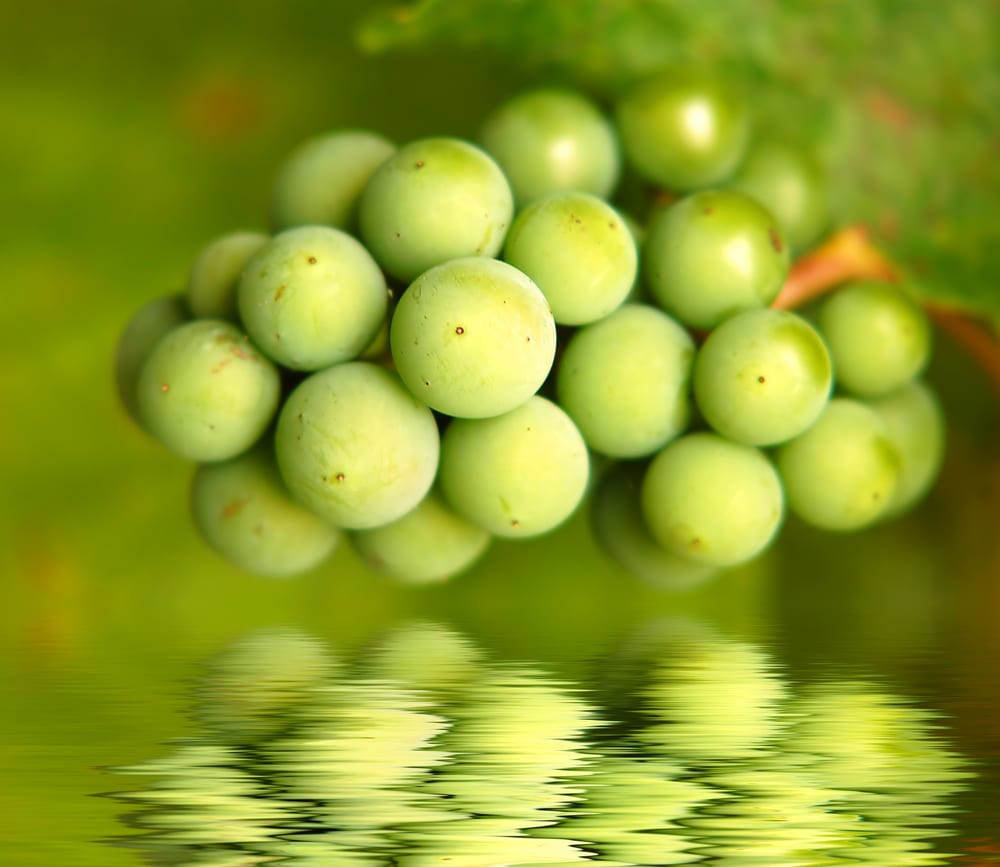
All About Italian Balsamic Vinegar (& Why Modena’s Famous Product Isn’t Actually Vinegar)
June 18, 2025
Italian balsamic vinegar, the prize of Modena, Italy, is a lot of things. One thing it’s not? A vinegar. At least, it shouldn’t be a vinegar—not if it’s made in the traditional, time-tested way it’s done in Modena, following the traditional method that has earned it DOP certification and worldwide fame.

Here’s why: vinegar comes from fermenting a liquid like wine or apple cider. But to make traditional Italian balsamic vinegar the way they do it in Modena—in the heart of Emilia-Romagna, where they’ve been making balsamic vinegar for some 900 years—the grapes don’t fully ferment into wine.
Table of Contents
ToggleHow Italian balsamic vinegar is made
They press white Trebbiano di Castelvetro grapes. The resulting liquid (called the “must”) gets boiled down until it’s just one-half or one-third of the original volume. Then, they pour that liquid into barrels rinsed with boiling vinegar and leave it to age for a year. At the end of the year, the now-syrupy liquid moves to wooden kegs. After another year, when the aging has further reduced and thickened the vinegar, they transfer it into even smaller wooden barrels. Every single year, they repeat this process. The wood used—chestnut, ash, or juniper—gives Italian balsamic vinegar its unique taste and character, especially as it transforms into prized aged balsamic.
Here’s how the process stands out:
- Producers use only specific local grapes.
- They boil the must to concentrate the flavors.
- The aging involves several types of wooden barrels.
- Each year, experts check and move the vinegar to smaller barrels.

Meanwhile, an acetaio keeps checking the liquid. When she or he decides it’s ready, the product goes to the organization responsible for regulating balsamic vinegar quality. The shortest amount of time that balsamic vinegar can age is 12 years; the most, 35.
The result? You get a highly-concentrated vinegar that’s very fragrant, sweet, and delicious. That unique flavor, along with the long process and expertise required, means that balsamic vinegar is a delicacy in its own right.
So…what is balsamic vinegar?
Most balsamic vinegar you’ll find in your grocery store back home, though, doesn’t go through that process. Instead, as balsamic vinegar has become more and more popular beyond Italy, producers have found ways to cut corners. Some make a mixture of wine vinegar and concentrate, and age the mixture for just three or four years. Those who want to make it in truly mass amounts, and cheaply, just mix vinegar with acetic acid, grape concentrate, sugar, and artificial wood flavoring.
Needless to say, these vinegars aren’t traditional… or nearly as good!
Aceto balsamico di Modena
Just as the specific characteristics of Campania give mozzarella di bufala di Campania a special flavor that can’t be recreated anywhere else, so, too, is Modena the “only” place for real, traditional balsamic vinegar.
The balsamic vinegar from Modena that uses white Trebbiano di Castelvetro grapes and goes through the whole process is, therefore, the best, and most expensive, balsamic vinegar around! Foodies and food purists would also say it’s the “only” balsamic vinegar. And, also like Campania’s buffalo mozzarella, it’s also protected with DOP status, guaranteeing authenticity and origin in Emilia-Romagna.
What do you use balsamic vinegar for?
If you’ve found yourself lucky enough to have a bottle of aceto balsamico di Modena, don’t use it for just anything. You only need a few drops of it, and it’s particularly good on salads, steak, chunks of Parmesan cheese after a meal, or—our favorite—on vanilla ice cream. For the perfect food pairing, try a few drops on fresh strawberries or aged cheese.
Consider these classic uses for traditional balsamic vinegar:
- Drizzle over Parmigiano Reggiano or aged cheese.
- Add to fresh strawberries for a surprising twist.
- Finish grilled meats or roasted vegetables.
- Drop a bit on vanilla ice cream for a sweet, tangy treat.
Frequently Asked Questions About Italian Balsamic Vinegar
What does DOP certification mean for balsamic vinegar?
DOP (Denominazione di Origine Protetta) certification guarantees that the balsamic vinegar is made using traditional methods, specific grape varieties, and aged in the Emilia-Romagna region. Only vinegar produced in Modena and Reggio Emilia following strict guidelines can carry this label.
How can I tell if a balsamic vinegar is truly aged?
Look for terms like “tradizionale” or “aged balsamic” on the label, and check the minimum aging period. Authentic traditional balsamic vinegar from Modena is aged at least 12 years, and sometimes up to 25 or even 35 years, in a series of wooden barrels.
What makes Modena’s balsamic vinegar unique compared to others?
The unique climate of Emilia-Romagna, the use of local white Trebbiano di Castelvetro grapes, adherence to the traditional method, and the expertise of generations of producers all contribute to Modena’s world-renowned balsamic vinegar.
What are the best food pairings for traditional balsamic vinegar?
Traditional balsamic is best enjoyed with simple foods that let its complex flavors shine: try it on Parmigiano Reggiano, fresh strawberries, grilled meats, or even vanilla ice cream.
Can I use regular grocery store balsamic in the same way as aged, traditional balsamic?
Grocery store balsamic is typically mass-produced and lacks the depth and sweetness of traditional aged balsamic from Modena. For recipes that highlight balsamic’s flavor, such as drizzling or finishing dishes, opt for the real, DOP-certified product whenever possible.
Traveling to Emilia-Romagna? Don’t miss out on the opportunity to discover the flavors of Bologna on our Tastes & Traditions of Bologna: Food Tour with Market Visit! We’ll take a deep dive into Bologna’s cuisine, visiting parts of the city that are off the tourist trail and trying dishes that most visitors miss.
by Walks of Italy
View more by Walks ›Book a Tour

Pristine Sistine - The Chapel at its Best
€89
1794 reviews

Premium Colosseum Tour with Roman Forum Palatine Hill
€56
850 reviews

Pasta-Making Class: Cook, Dine Drink Wine with a Local Chef
€64
121 reviews

Crypts, Bones Catacombs: Underground Tour of Rome
€69
401 reviews

VIP Doge's Palace Secret Passages Tour
€79
18 reviews

Legendary Venice: St. Mark's Basilica, Terrace Doge's Palace
€69
286 reviews









